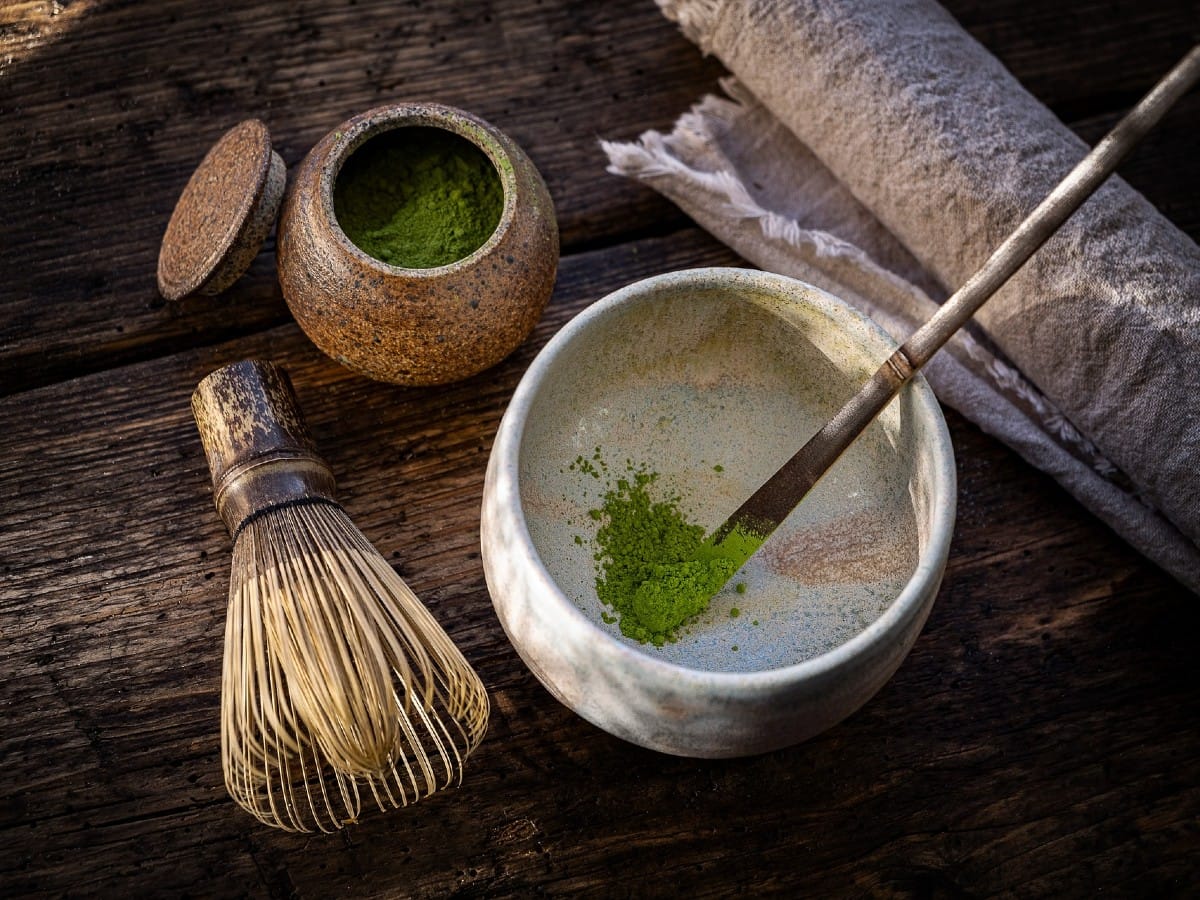
Source: © pixabay.com
Mucha Kucha Co. makes space for artists to share tea ceremonies, traditional art with the public
- Tags:
- Mucha Kucha / Tea / Tea Ceremony
Related Article
-
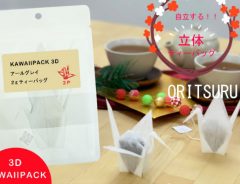
New “Kawaii Teabags” Put Origami Cranes, Good Luck Cats, And More In Your Teacup
-

Enjoy this spooky kawaii selection of Halloween-themed teas
-
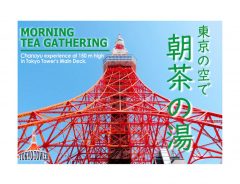
Enjoy the serene delights of the tea ceremony from the observation deck of Tokyo Tower
-
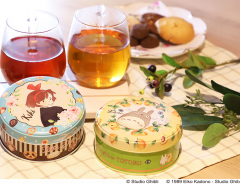
New Original Tea Blends Inspired by the Worlds of Studio Ghibli Released by Lupicia
-
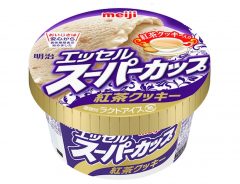
Meiji brings back much-loved ‘Tea and Biscuits’ flavour ice cream tubs
-

Kirin’s Bottled Teas Get a Healthy Flowery Beauty Garden Makeover in Shibuya


© PR Times, Inc.
Mucha-kucha Co. announced in a recent press release that they will be managing a series of events and town hall space. The aim of the enterprise? To create opportunities to spread Japanese spirituality and values through the production and practice of Japanese tea ceremonies. The events will also feature seminars and exhibits of traditional crafts by select artists associated with the brand.
© PR Times, Inc.
The effort has its roots in the teachings of Sen no Rikyu and chanoyu, the Japanese “Way of Tea.” Throughout the country, Sen no Rikyu is considered the historical figure with the most significant influence on tea culture and tea ceremonies. The figure is often famously quoted as saying, "You should know that the tea ceremony is not just about boiling water and drinking tea.” Instead of just drinking tea, participants should put their "heart" into each cup of tea. This is considered the true purpose of a tea ceremony.
After spending some time in the country, this way of thinking begins to make sense. The Japanese aesthetic is notably subdued. While other cultures may celebrate extravagant expressions, the Japanese sense often focuses on the "beauty of omission." For instance, rather than incorporate a hundred flowers into a cramped display that could hardly fit another, traditionally artists celebrate a sense of emptiness, something like the feeling of stillness after everyone has left a great event. Perhaps the different styles are just part of the same coin.
Tea ceremonies and traditional art re-imagined
© PR Times, Inc.
Mucha Kucha's townhall-type events feature a number of noteworthy artists. Muneaki Matsumura is an Associate Professor of Urasenke Tea Ceremony. He is a staunch advocate of the practice of tea ceremonies. Mucha Kucha selected the academic based upon his esteemed reputation in the space. With a somewhat modernized style, he is considered to have an exceptionally fine approach. This approach has landed him numerous invitations to perform for dignitaries and the like of foreign countries.
Matsumura also draws inspiration from other genres of contemporary art such as dance, beatboxing, and manga. This has caught many a spectator's eye. Indeed, the artist was awarded The Good Design Award for his work and has been featured in talks on TEDxTokyo
Sakamoto Shiho, “Shion,” is a so-called Japanese sweets writer. Following the concept of "turning memorable impressions into Japanese sweets," she uses custom-made sweets to express everyday experiences and observations. She has developed this unique craft from a variety of experiences, not least of which includes collaborating with a historically famous Japanese sweets shop. She has led numerous workshops at companies and universities and even appeared on the CNN program "The Keepers," which showcases the charm of Japanese culture.
© PR Times, Inc.
© PR Times, Inc.
Fumihiko Sano is an architect and another creative featured by the initiative. He is actively engaged in cross-disciplinary activities in Japan and abroad. These include architecture, interior design, and so on with the aim of helping others rediscover the value of cultures from various parts of the world. He has served as a Japan Cultural Envoy of the Agency for Cultural Affairs and carried out p\rojects in multiple places.
© PR Times, Inc.
Interested readers can find more information, including additional artists, on the website. Check it out!